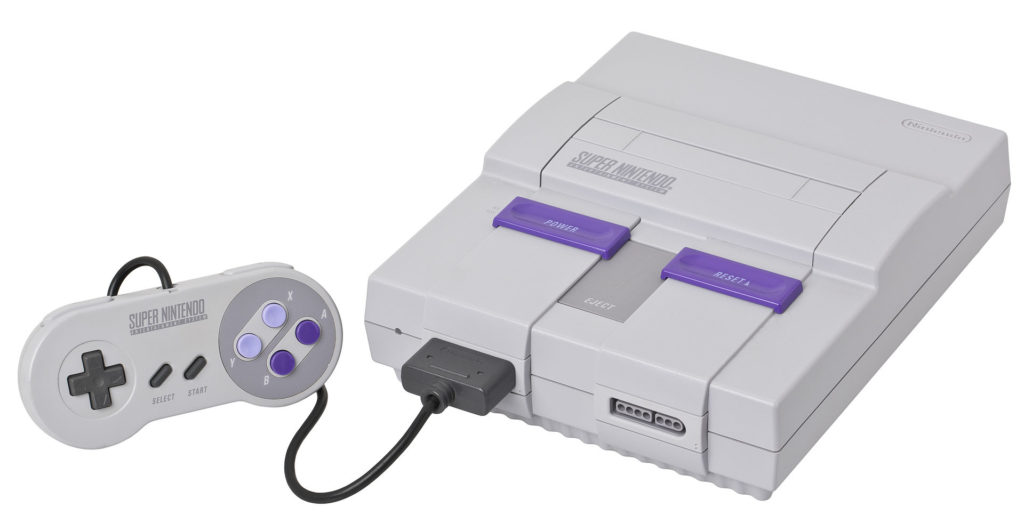** NOTE: During the time of writing the SNES Classic had yet to be announced, and as such Nenedamus was still awesome and ahead of the game **
Nostalgia is wasted on the young. So many things in gaming these days are sequels, or updates, or HD special editions, or whatever the hell most companies feel like repackaging to sell to the old folks like me. And thankfully for something refreshing from that formula, the NES Classic was released – a mini console that thanks to today’s technology was able to pack 30 classic games from Nintendo’s 8-bit era into one convenient unit. It opened for $59.99 and it sounded pretty good at the time. Classic Nintendo IP like the Mario and Zelda series along with Metroid were now plug and play, with many other popular titles rounding out the 30.
And those positive vibes lasted for roughly 38 seconds.
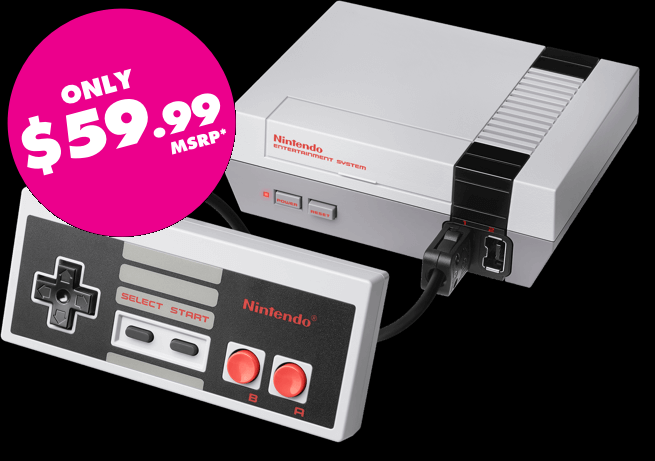 There was absolutely no way in the infinite 8-bit hells that this price was going to remain steady. Just like all other re-issued nostalgia it was going to be bought in bulk, stocked out, and sold to gouge the highest bidders for profit. I saw the device go as high as $600 on eBay (a 1000% price hike for those playing along at home) and people jumping at the opportunity to have one. 1.5 million units were sold in just a couple months on the market. Which turned out to be… well, all of them.
There was absolutely no way in the infinite 8-bit hells that this price was going to remain steady. Just like all other re-issued nostalgia it was going to be bought in bulk, stocked out, and sold to gouge the highest bidders for profit. I saw the device go as high as $600 on eBay (a 1000% price hike for those playing along at home) and people jumping at the opportunity to have one. 1.5 million units were sold in just a couple months on the market. Which turned out to be… well, all of them.
So now we come to the recent development in the NES Classic saga. Recently Nintendo, without any warning or heads up, stopped production on the mini console a couple weeks ago. They have since announced that they would cease production in not only the North American region but in Japan and Europe as well. What happened next, though, surprised the hell out of Old Man Nene though for such a simple thing – the gaming community, at least what I’ve seen on social media, lost its damn mind. But it didn’t make any sense to me. Most kid gamers my age still have our NES and games intact. Younger gamers have online emulators and ROMS. Why was this such a big thing in the gaming community that I simply couldn’t bring myself to care about? What was the draw? Well kids, to all you Aging Gamer faithful that listen to Old Man Nene in his rocking chair tell you how it used to be – I can only offer the immortal words of DJ Khaled:
Congratulations. You played yourself.
 It’s basic economics and mindshare. Firstly, Nintendo never meant for this to be an ongoing product – why would they when the Switch was just around the corner? This was always going to be special edition and never a permanent offering. The number of units manufactured was set to reflect that. Look at any supply and demand scenario – the second the “super rare” tag gets slapped on an item the price spikes like a rocket, and people are willing to pay more for a scarce product. What Nintendo did was create an artificial demand and gamers responded precisely the way they were supposed to.
It’s basic economics and mindshare. Firstly, Nintendo never meant for this to be an ongoing product – why would they when the Switch was just around the corner? This was always going to be special edition and never a permanent offering. The number of units manufactured was set to reflect that. Look at any supply and demand scenario – the second the “super rare” tag gets slapped on an item the price spikes like a rocket, and people are willing to pay more for a scarce product. What Nintendo did was create an artificial demand and gamers responded precisely the way they were supposed to.
It’s like some small restaurants that have lines for blocks leading to their front door. Sure it’ll draw more people and generate more demand, but they don’t tell you that there’s only 10 seats inside and that’s what causing the line.
[Side note: that was an angry morning in Philadelphia for Old Man Nene. I just wanted some pancakes.]
Secondly, they created an environment where gamers would have Nintendo control every free thought in their brains for the foreseeable future. The NES Classic dropped in November 2016. The Switch hit shelves four months later in March 2017. Look at the timing of those events, including the NES Classic price gouge in the middle. This is not a coincidence. It could be argued that hands clamoring for the NES Classic could ultimately lead to a Switch sale. Bummed that the NES Classic is done for? That 8-bit longing, along with murky rumors about a virtual console on the Switch, could be enough mind control to have gamers shelling out fistfuls of cash in the future for games they bought already via the NES Classic. I mean it’s not really that far a stretch… I’m sure there’s a bunch of Square-Enix fans that have 7 different versions and releases of Final Fantasy IV.
In the end, my prediction is this: The NES Classic is dead, but I can see a SNES Classic in the not too distant future.
So go ahead and be mad that you couldn’t get an NES Classic. Celebrate and rejoice if you managed to snag one. But remember this kids – in the end we’re all just logic boards in the gaming machine.
[And while I cannot condone a workaround that theoretically involves easily constructing a Raspberry Pi powered RetroPie DIY unit, legend has it (seriously you guys) would only take an hour to get together, be ultra cheap and allow you to play your old 8 and 16 bit games. I can also neither confirm nor deny such things exists.]
The Super Nintendo – or the SNES for short – celebrated its 25th birthday this week. Granted this may not mean much to the Sega faithful from the 80’s and 90’s, but as I’ve mentioned in previous posts I was a Nintendo kid growing up. My formative game time came courtesy of the original Nintendo Entertainment System. The Super Mario Brothers / Duck Hunt double cartridge for NES sank so many of my hours that it would be tough to tabulate how many fire flowers I digitally ingested or how many rounds I popped off on my Zapper light gun. When I discovered RPG’s and action/adventure games, that would put my hours logged shooting ducks to shame. I liked the obscure stuff – the stuff that none of my friends had, so I had some stock in trading cartridges with them like Yo! Noid and Seicross. And of course, my personal favorites Final Fantasy, Dragon Warrior, The Legend of Zelda, Ninja Gaiden and The Goonies II.
My friends and I all thought we were in the golden age of video games, but little did we know that the next-gen console introduced at the turn of the decade would change how the game is played forever. And you know, we were kids. That’s not an exaggeration even given my penchant for hyperbole – in 1990 the Super Nintendo, affectionately known as the SNES, changed everything.
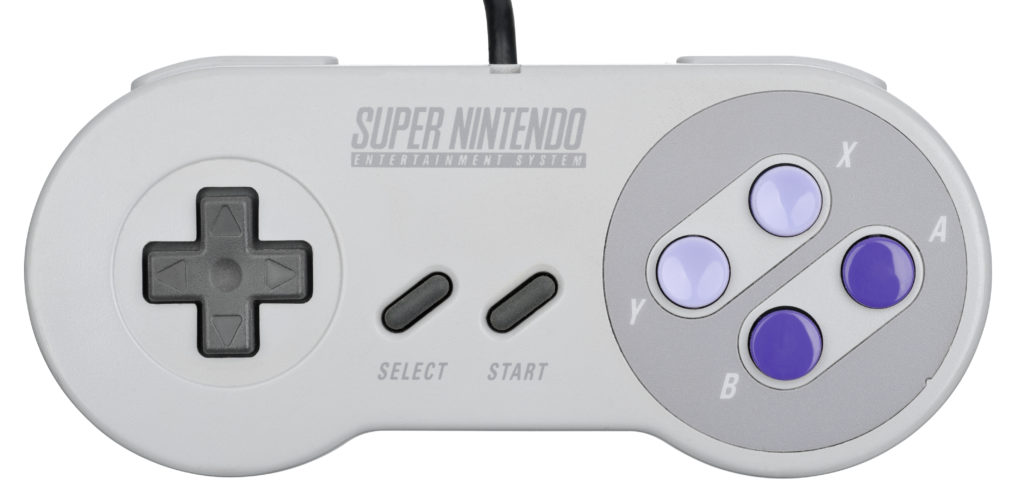 Back then terms like “16 bit” didn’t really mean much to me – all that I was able to see then was how I could do more things, and how games were deeper, and how the technology now existed to make better music and more memorable stories. We had a unit at home now that brought the flash of the arcade to our living room, and gaming went from single player to social time with friends. But still, what was so special about the SNES that brought about this change? It even overtook the Genesis, its 16-bit rival from Sega, which was already on the market with a number of games available.
Back then terms like “16 bit” didn’t really mean much to me – all that I was able to see then was how I could do more things, and how games were deeper, and how the technology now existed to make better music and more memorable stories. We had a unit at home now that brought the flash of the arcade to our living room, and gaming went from single player to social time with friends. But still, what was so special about the SNES that brought about this change? It even overtook the Genesis, its 16-bit rival from Sega, which was already on the market with a number of games available.
First off on the list of excellence was the SNES controller. This was the first console controller to feature six buttons with triggers on the corners to make gameplay more complex and fun. This stomped on the Genesis, which only gave us 3 buttons to play with. Sega was forced to make a 6 button version in 1993 to keep up. Anyone who’s played Street Fighter II Turbo and tried to pull off Vega’s jump dive on the Genesis will more than surely attest to what kind of pain was removed just from having more buttons. And that was one of the things that made it great – a six button controller made arcade fighters playable without a cabinet, and more importantly, without the aforementioned pain. It played right into the control scheme of the Street Fighter series with 3 punch and kick buttons each. Even Mortal Kombat titles needed 4 to be played cleanly – 2 each for punch and kick buttons. So instead of standing around in an arcade bleeding quarters into a game for play credits, round robin “winner keeps playing” sessions were how we did things. And good lord was it fun – the multiplayer of our time.
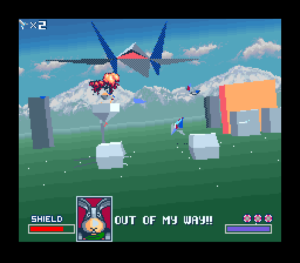 The controller setup was copied and used as a standard for generations to come. Look at your current PS4 and XBOX One controllers. They may have a couple of extra triggers and thumb sticks but what is the core control? 4 buttons, arranged in a diamond, with triggers on the side. Even though it was a big jump from the A and B buttons on the 8-bit NES, it let players have a control method that became second nature.
The controller setup was copied and used as a standard for generations to come. Look at your current PS4 and XBOX One controllers. They may have a couple of extra triggers and thumb sticks but what is the core control? 4 buttons, arranged in a diamond, with triggers on the side. Even though it was a big jump from the A and B buttons on the 8-bit NES, it let players have a control method that became second nature.
The controller was only as good as games that were made for it, and the titles pumped out in addition to arcade fighters for the SNES were legendary. Upgraded games with familiar characters came to life on the screen, starting with the Super Mario World title that shipped with the console. That game on its own took existing IP and brought it into a new generation with scrolling levels, a vast world map to travel and multiple power ups.
Even the pure graphical power, clearly able to be seen when dozens of cannons with moving projectiles came at you on side scrolling levels in World 8 left a player wondering what else this machine could do. The Legend of Zelda was upgraded and we had a new adventure with A Link to the Past, arguably one of the greatest video games of all time. And with each game release, developers showed what was possible by pushing the SNES engine – Pilotwings. StarFox. Donkey Kong Country. F-Zero. Each great in their own way, each memorable for different reasons, and each being a genre flagship on which future titles for future systems would stand on the shoulders of. It was quite literally a Super Nintendo. Better tech meant more colors, music with enough tones to provide mood, and it even dabbled in 3D gaming with the help of the SuperFX chip (self contained without the add-ons Sega was investing in, I might add).
And I must make special mention of one of my favorite games of all time, Uniracers. Thanks for wrecking that one for us, Pixar Legal.
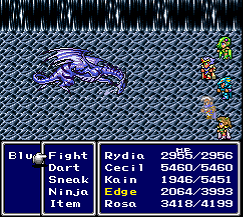 Final Fantasy fans in particular were given installments II and III in the series, re-branded from the Japanese IV and VI. Again, these games opened the door to what was possible when technology allows for good storytelling, and elements and themes of these games are even visible in the upcoming Final Fantasy XV.
Final Fantasy fans in particular were given installments II and III in the series, re-branded from the Japanese IV and VI. Again, these games opened the door to what was possible when technology allows for good storytelling, and elements and themes of these games are even visible in the upcoming Final Fantasy XV.
The SNES became more than just a game console. It was a solid proof of concept that games as a medium could tell a story and draw players into a virtual world where they could connect with their characters, require them to even take notes on some of the more complex puzzles, and give greater choice to the player on how he or she wanted the game to go. It launched an era that made games evolve from mindless entertainment to a real digital experience. And from indie developers to triple A studios, it’s a legacy that still influences what a game should be.








